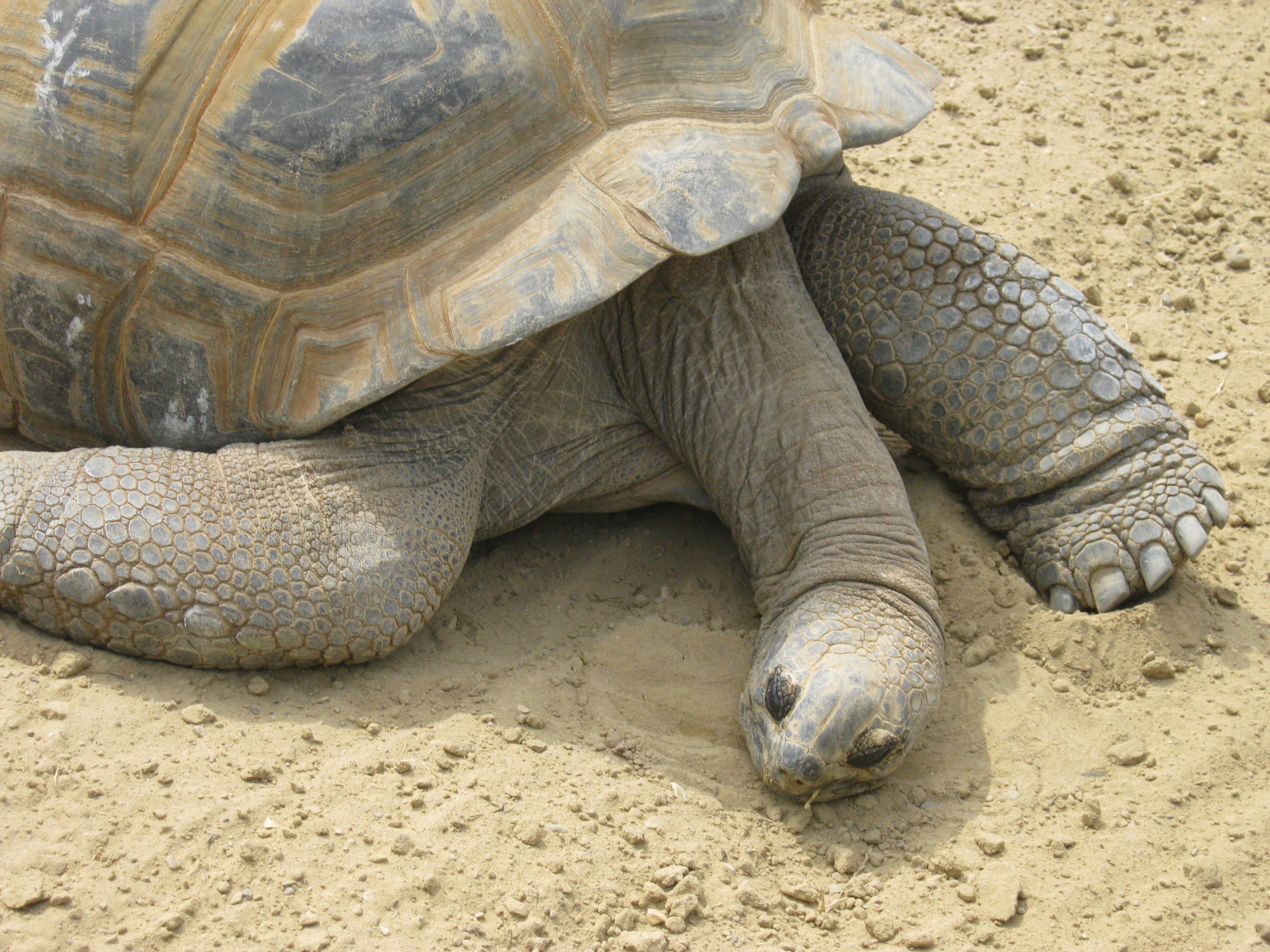i already replaced the infrared light for a ceramic one that doesn't emmit light. I've also increased the temperature values as well as the humidity.
Whenever those two sulcatas start bullying the pardalis we'll see what measures to take. ATM the pardalis is three or four times their size and atm there is no problem, but i'm monitoring the situation closely to see how everything goes.
Whenever those two sulcatas start bullying the pardalis we'll see what measures to take. ATM the pardalis is three or four times their size and atm there is no problem, but i'm monitoring the situation closely to see how everything goes.
